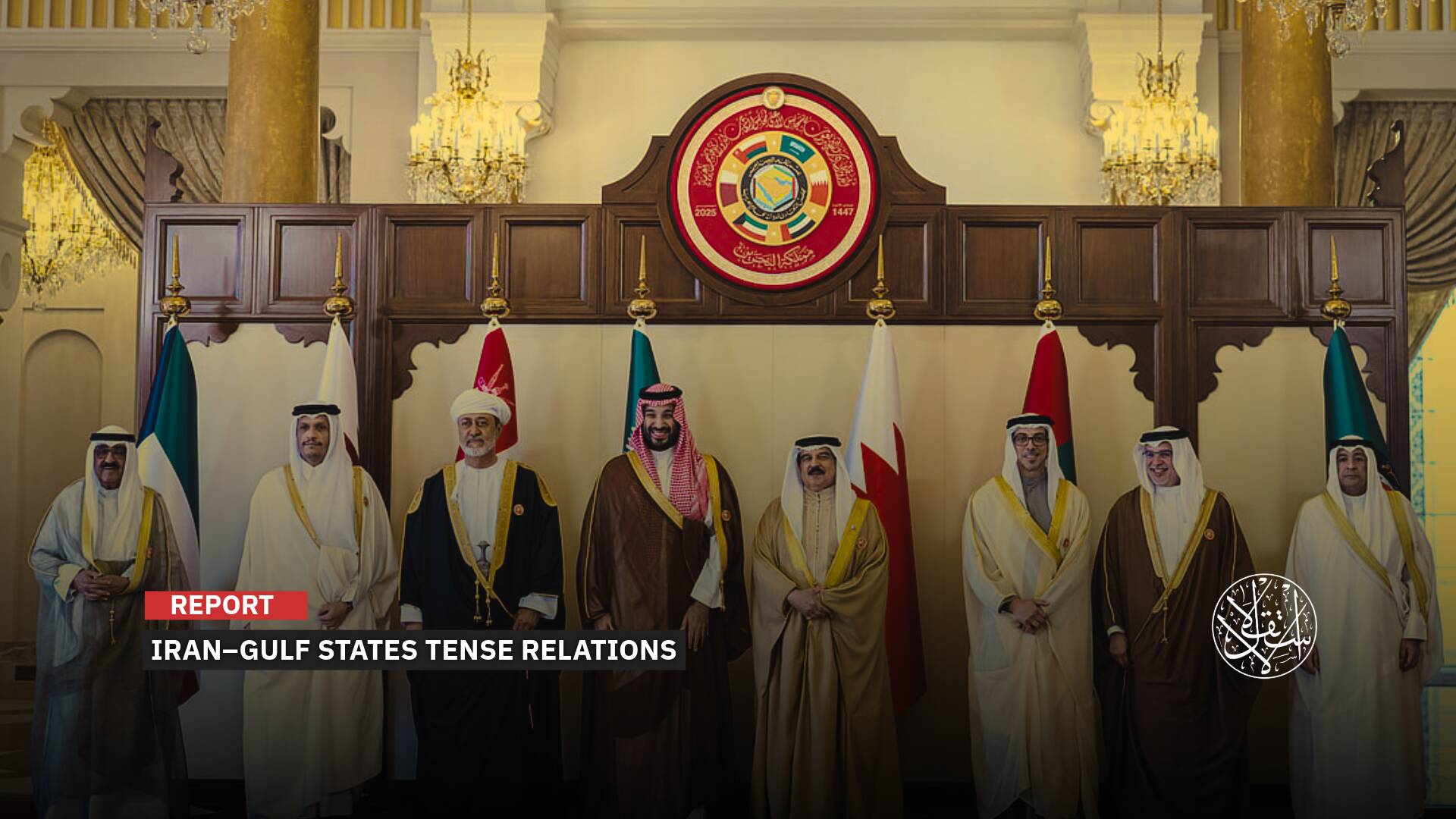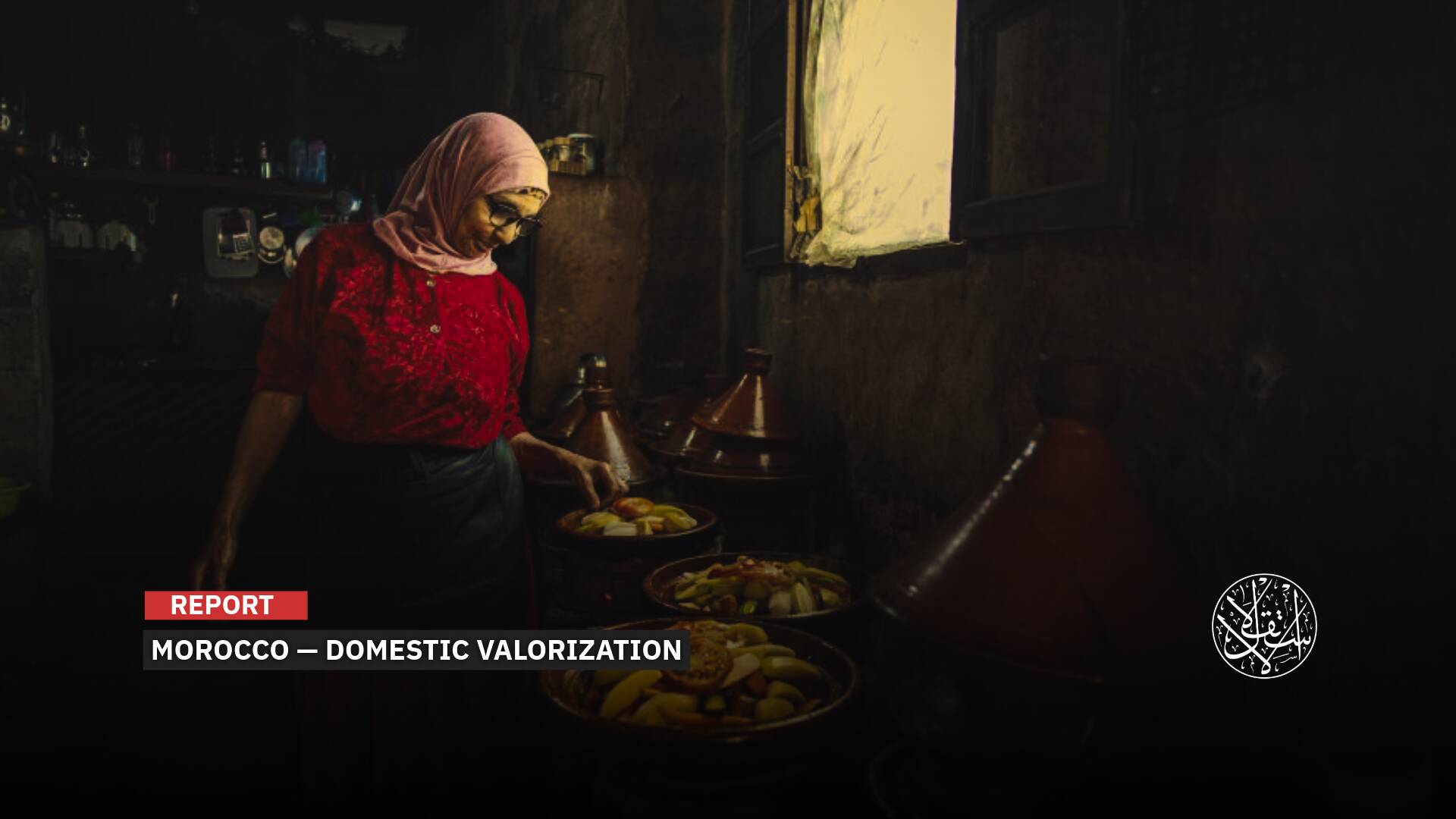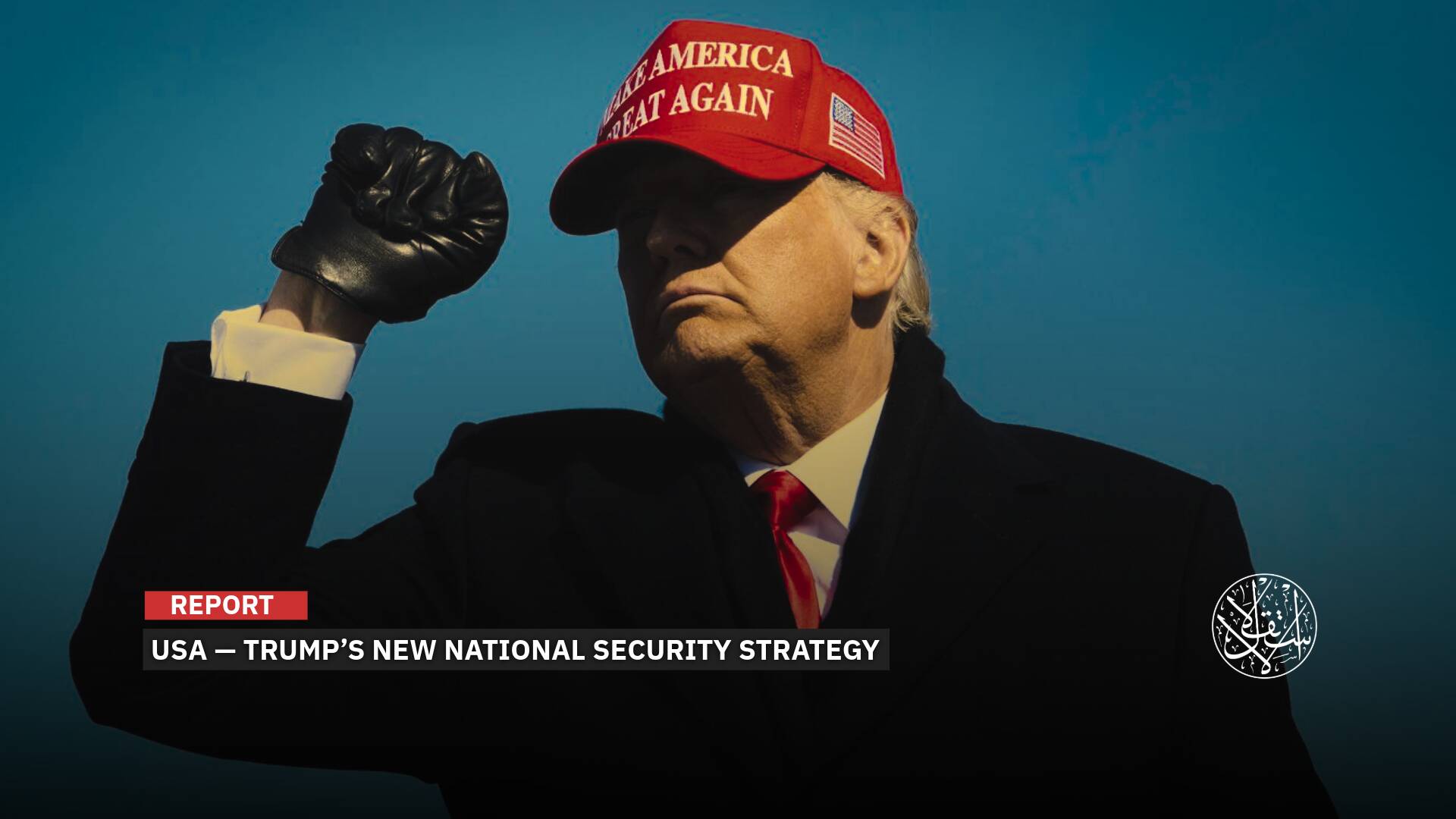A More Realistic Plan: This Is How Erdogan Seeks to Increase Turkiye’s Economic Ambition

Last week, Turkish President Recep Tayyip Erdogan announced a comprehensive economic program extending over three years in an attempt to improve the country’s economic conditions, and amid questions about the nature of this program, which comes in light of a significant rise in inflation rates and a continuing decline of the Turkish lira against foreign currencies.
Under the leadership of Turkiye’s new economic team, the central bank has tripled its key interest rate to 25% since June, pledged to gradually step up monetary tightening as needed, and is expected to raise it further at its next meeting scheduled on September 21.
The net international reserves at the Turkish Central Bank also increased by about $430 million (to $16.15 billion) in the first week of this September.
New Economic Program
On September 6, Turkish President Recep Tayyip Erdogan revealed the features of the medium-term economic program prepared by his government for the next three years, stressing that the priority is to remove the devastation caused by the February 6 earthquake, increase job opportunities with balanced economic growth, reduce inflation, and improve income distribution.
He confirmed that they allocated all resources in the first year of the program for the reconstruction and revival of earthquake areas, pointing out that they will allocate ₺1 trillion for the earthquake area in 2024.
At the end of the program, Erdogan said they expect to rank among the high-income group countries with an economic size exceeding $1.3 trillion and a national income per capita of around $14,855.
“We will remove the problem of inflation from our country’s agenda through the policies that we will implement in the medium-term economic program,” he stressed.
Erdogan said Turkiye aims to generate 909,000 jobs a year and ensure that the unemployment rate drops to single digits by the end of 2026.
“We will intensify our efforts to update the customs union agreement in order to add a new dimension to our trade with the European Union. We will reduce activities harmful to the environment, and we will implement the criteria for joining the union,” Erdogan added.
Growth expectations in the economic program for this year amounted to 4.4%, for next year 4%, 4.5% for 2025, and then 5% for 2026.
Although the Central Bank expected earlier that inflation would reach 58% at the end of this year, it later expected it to reach 62%, which is the upper limit.
The government sees annual inflation of 65% at year-end and 33% next year, up from 24.9% and 13.8%, respectively, in forecasts it published a year ago. It is expected to fall to 15.2% in 2026, before dipping further to 8.5% by the end of 2026.
The program sees exports reaching $255 billion in 2023 and jumping to as high as $302.2 billion in 2026.
The government aims for an average 4.5% gross domestic product growth (GDP) rate in the three years to 2026.

Investment Promotion
Bloomberg stated in a report published on September 8 that Fitch Ratings Agency raised its future expectations for foreign exchange reserves in Turkiye from Negative to Stable, and kept its rating at B, which Turkish economists see as an important step to attract investments and loans.
“The revision to stable outlook reflects a return to a more conventional and consistent policy mix that reduces near-term macro-financial stability risks and eases balance of payments pressures,” Fitch said in a statement.
On August 15, Moody’s changed its view of the Turkish banking sector in Turkiye from negative to stable, but stressed at the same time that the challenges facing the sector still exist.
Moody’s also raised its forecast for Turkish economic growth in 2023 from 2.6 to 4.2%.
Fitch Ratings last upgraded Turkiye more than a decade ago, receiving an investment-grade rating from the company for the first time.
However, it has been downgraded five times since 2017, as President Recep Tayyip Erdogan has increasingly relied on policies that have come at the expense of price stability and the lira’s exchange rate.
But his approach changed after his re-election in May 2023, when Erdogan appointed two former Wall Street bankers to run the country’s finances after the cost-of-living crisis and the exodus of foreign investors from the country.
Since then, Treasury and Finance Minister Mehmet Simsek and Central Bank Governor Hafize Gaye Erkan have sought to boost Turkiye’s credibility among international bond and stock traders by turning away from years of ultra-loose monetary policy and constant state interventions in financial markets.
Under the management of the new economic team, in June, for the first time in more than two years, the Central Bank began gradually raising interest rates over three meetings from 8.5% to 25%.
However, real interest rates remain negative by a large margin when the inflation rate is deducted from them.
Higher interest rates are likely to limit the sharp decline in the value of the Turkish lira, thus contributing to efforts to curb inflation.

Against the backdrop of the official annual inflation data announced a few days ago, American banks revised their expectations for inflation and interest rates in Turkiye.
The new expectations were largely consistent with what was included in the Turkish government’s medium-term economic program, which covers the period from 2024 to 2026.
Following the strong shock caused by the Turkish Central Bank by raising interest rates last August, J.P.Morgan, Morgan Stanley, and Bank of America expected the annual inflation rate in Turkiye to rise to more than 70% next year.
J.P.Morgan revised its inflation forecast for Turkiye by the end of the year upward to 65% from 62%, given the August annual inflation data issued by the Turkish Statistical Institute.
Bank of America expected the interest rate in Turkiye to reach 35% during the current year, while it expected it to rise to 45% by the end of next year.
Morgan Stanley expected the Turkish Central Bank to raise interest to 30% sooner than expected.
Bank of America also expected that the key interest rate would reach 30% during the current year and 45% in the second quarter of next year.
Recently, the Turkish government raised taxes on a variety of basic commodities and fuel and also tightened measures to combat tax evasion, with the aim of controlling the general budget, which suffered from a severe deficit during the past nine months.
The Turkish Central Bank also imposed a set of new rules to limit debt using credit cards, while restricting lending in some sectors, as part of the government’s plans to curb inflation.
On August 20, the Central Bank announced its withdrawal from the deposit protection plan and urged banks to convert deposits protected in foreign currency into deposits in Turkish lira that do not enjoy protection.

Economic Ambition
In a related matter, informed sources told Bloomberg that the World Bank is in advanced talks to increase the funding allocated for projects in Turkiye to $35 billion.
The agency considered that a deal would mark a vote of confidence in the newly-installed economic administration of Treasury and Finance Minister Mehmet Simsek and Central Bank Governor Hafize Gaye Erkan.
Commenting on this, Minister Simsek said that the availability of external financing will undoubtedly support the success of the medium-term economic program.
He pointed out that the World Bank’s investment package comes in addition to what the UAE announced about a three-year investment plan worth $51 billion.
Turkish President Erdogan issued his strongest pledge yet to support Minister Simsek and approach his new economic team completely.
On her part, Selva Demiralp, an economist and academic at Koc University in Istanbul, considered that the new economic program is more stable, has stronger internal cohesion, and has set priorities more accurately compared to previous economic programs.
She added in a statement to the BBC (Turkish version) by saying: The new program’s expectations for inflation at the end of 2023, reaching 65%, are close to independent economic expectations, indicating that this is a very positive thing in terms of credibility.
Ms. Demiralp explained that reducing inflation by 50 points within two years and achieving growth numbers that can be considered very high requires a significant increase in investments that would raise the volume of production and achieve balance in the employment market, especially with the expected decline in domestic demand resulting from the austerity policy.
In turn, economic expert Dr. Yahya Sayed Omar said in a statement to Al-Estiklal that “the new Turkish economic program is realistic in some areas, while in other areas its realism cannot be determined due to changing circumstances, especially with regard to inflation.”
Regarding the evaluation of the new Turkish economic program, he explained that “until the moment, the new economic team appears to be following a traditional economic policy, based on monetary tightening, which is considered effective in a situation like the Turkish economy.”
In a related context, Dr. Sayed Omar pointed out that “Turkiye’s economic problems are not only related to the internal Turkish economic environment, as there are external influences that cannot be controlled or influenced, such as the repercussions of the war in Ukraine, global inflation, the supply chain crisis, and Turkish political relations; all of these factors affect economic indicators and sometimes lead to obstructing economic plans.
“In general, it is possible for the economic team to achieve positive results, but this requires at least a year for the actual results of the economic team’s performance to appear,” according to the economist.
Sources
- Türkiye's economic path centered on slowing inflation, sustainable growth
- Turkey’s Credit Outlook Raised by Fitch as New Policies Pay Off
- JPMorgan ups Turkey inflation, interest rate forecasts
- World Bank in Talks to Double Turkey Exposure to $35 Billion
- What are the pros and cons of the Medium-Term Program? [Turkish]










